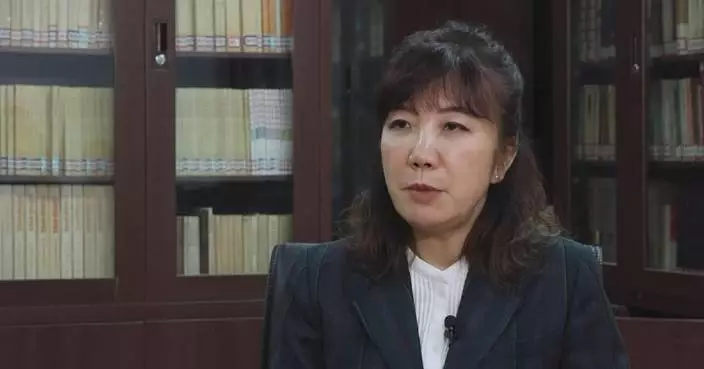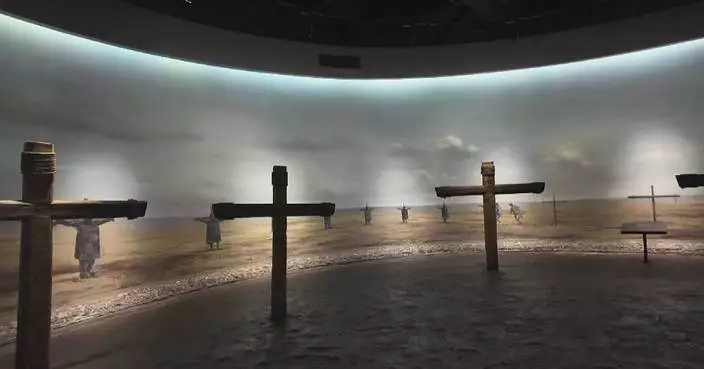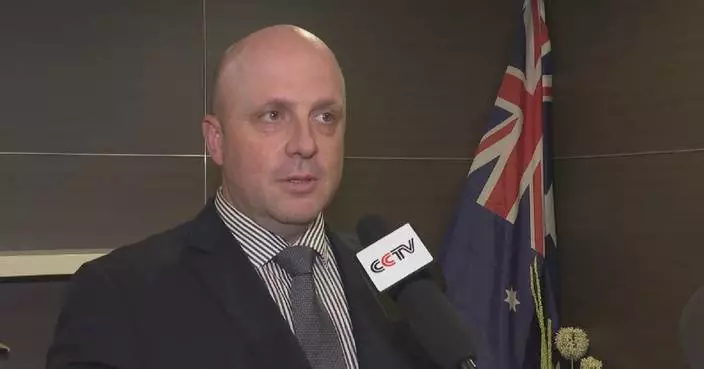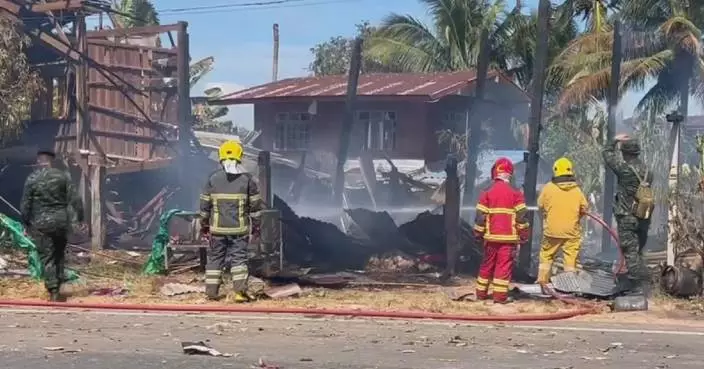Santorini Island, a popular tourist destination in Greece, has been experiencing unusual seismic activity in recent days, with experts warning that the region may experience continued seismic activity for an extended period.
Between 00:00 and 12:00 local time on Saturday, 11 earthquakes with magnitudes of 4.0 or higher were recorded near the island, with the strongest tremor reaching a magnitude of 4.9, according to data by Institute of Geodynamics of the Athens National Observatory.
Click to Gallery
Unusual seismic activity rocks Santorini, with tremors expected to continue: expert
Unusual seismic activity rocks Santorini, with tremors expected to continue: expert
Unusual seismic activity rocks Santorini, with tremors expected to continue: expert
Unusual seismic activity rocks Santorini, with tremors expected to continue: expert
Unusual seismic activity rocks Santorini, with tremors expected to continue: expert
This follows a series of earthquakes that began earlier in the week.
Dimitrios Papanikolaou, an Emeritus Professor of Geology and Geoenvironment at the University of Athens, who has held various positions including President of the Geological Society of Greece and Chair of the European Center for Earthquake Prediction and Prevention, explained in an interview with China Central Television (CCTV) that the earthquakes are caused by a submerged fault, rather than by volcanic activity from the nearby underwater Kolumbo volcano.
Papanikolaou elaborated that Santorini Island, located within the caldera of an ancient volcano, is situated in a seismically active area with several fault lines and the presence of the Kolumbo submarine volcano. As a result, the region has long been prone to earthquakes.
After the earthquake on Wednesday, which was the largest recorded at magnitude 5.2, seismic activity in the area has remained intense, with no clear primary tremor or aftershocks, making the situation particularly rare.
"What's happening is a rather unique case of geo-dynamic activity, not usual as we know it from all the history last century and this present century. At this moment we think that this activity of medium-size activity of earthquakes will continue for several weeks. And sometime, we cannot say exactly when, probably in the next couple of months, this will stop, will cease," he said.
Professor Papanikolaou urged both locals and tourists to remain calm, emphasizing that the island's infrastructure is well-equipped to handle seismic activity.
He reassured the public that even a magnitude six earthquake would not likely lead to widespread building collapses. However, he cautioned that secondary disasters, such as landslides or tsunamis, could pose risks and should be monitored closely.
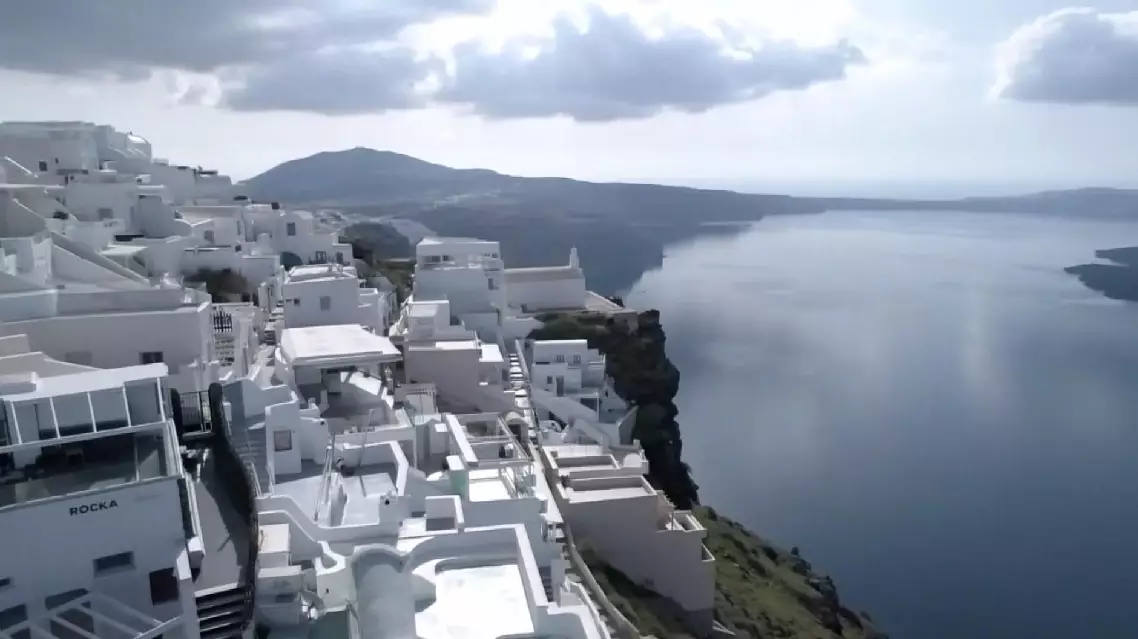
Unusual seismic activity rocks Santorini, with tremors expected to continue: expert
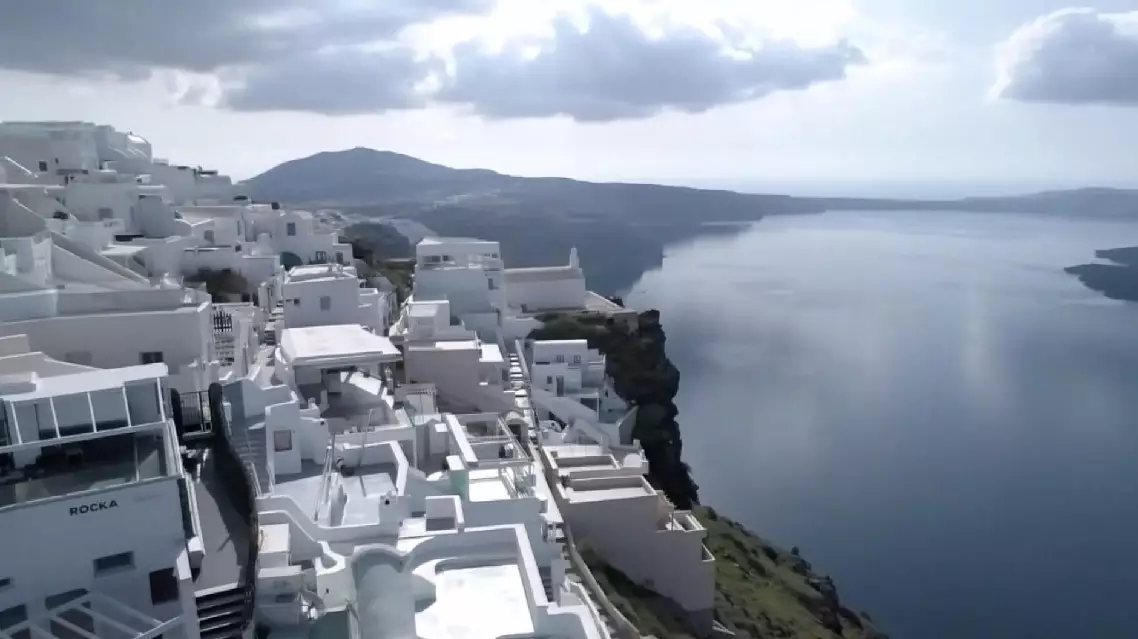
Unusual seismic activity rocks Santorini, with tremors expected to continue: expert
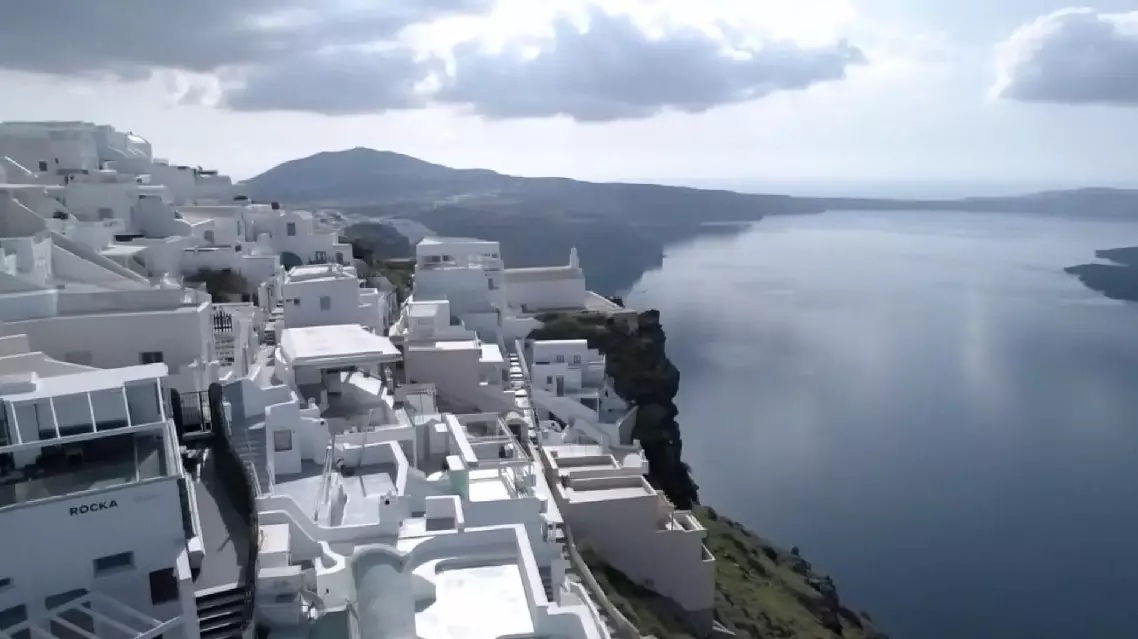
Unusual seismic activity rocks Santorini, with tremors expected to continue: expert
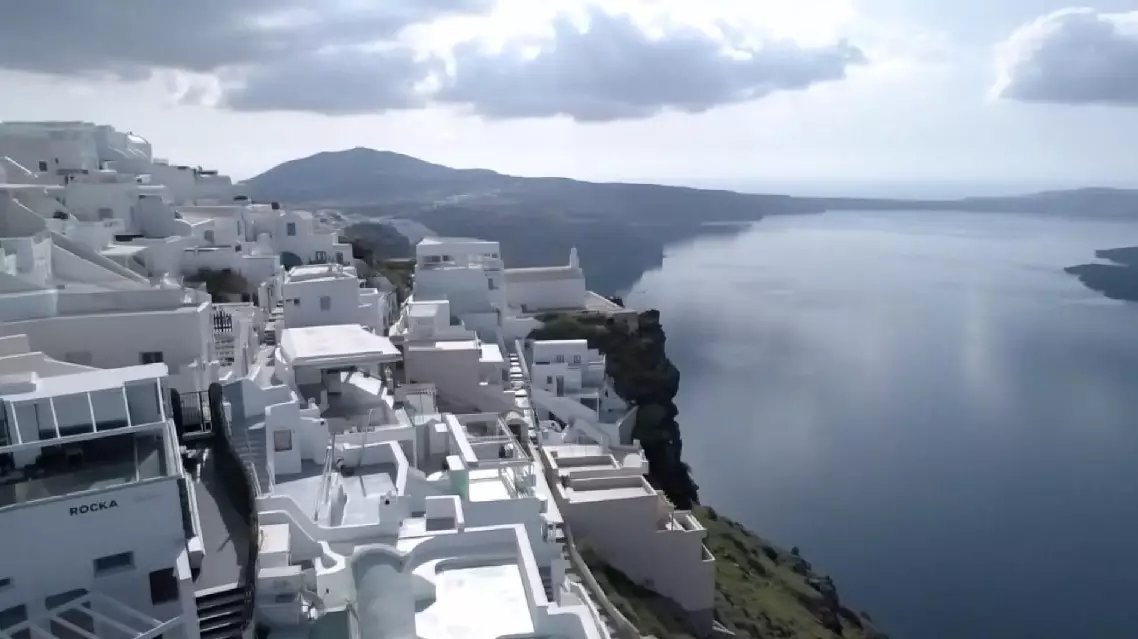
Unusual seismic activity rocks Santorini, with tremors expected to continue: expert
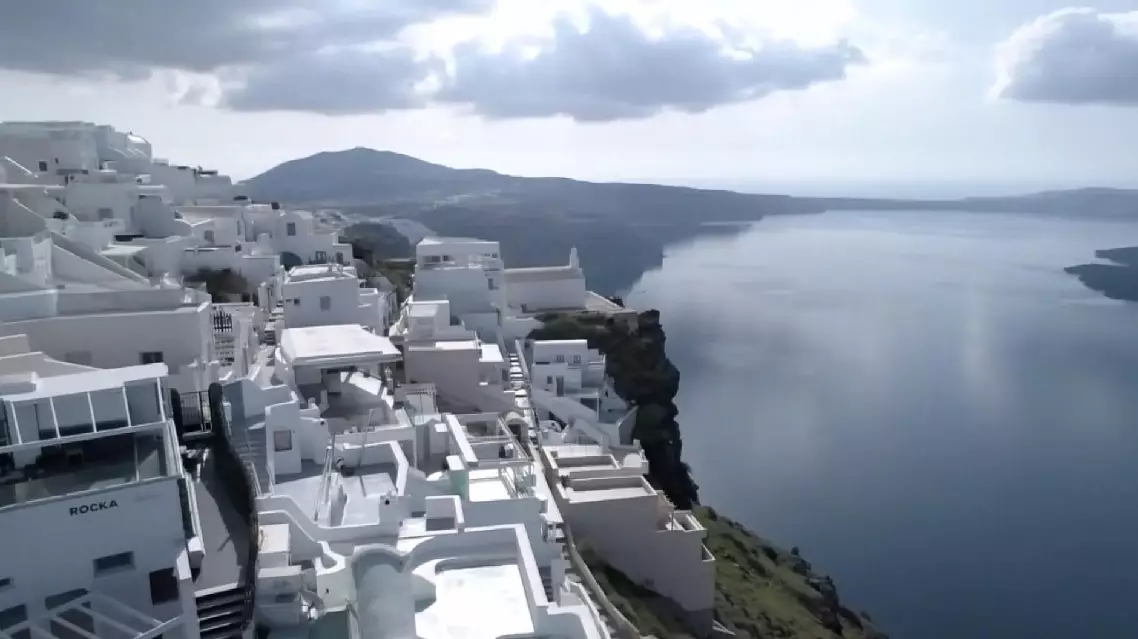
Unusual seismic activity rocks Santorini, with tremors expected to continue: expert
The Exhibition Hall of Evidence of Crimes Committed by Unit 731 of the Japanese Imperial Army in northeast China's Harbin released on Thursday a 38-minute video of a former member of Unit 731, a notorious Japanese germ-warfare unit during World War II (WWII).
In the footage, former Unit 731 member Tsuruo Nishijima detailed how the unit used meteorological data to carry out bacterial dispersal and frostbite experiments.
The video was recorded in 1997 by Japanese scholar Fuyuko Nishisato and donated to the exhibition hall in 2019, according to the hall, which was built on the former site of the headquarters of Unit 731 in Harbin, capital city of Heilongjiang Province.
Nishijima joined Unit 731 in October 1938 and served in the unit's meteorological squad. The squad was not a simple observation section but rather an auxiliary force supporting the unit's human experiments in the field by measuring wind direction, wind speed and other conditions to ensure optimal experimental results.
Nishijima confirmed in the footage that "the meteorological squad had to be present at every field experiment." He testified to the "rainfall experiments" conducted by Unit 731, which involved aircraft releasing bacterial agents at extremely low altitudes.
At a field-testing site in Anda City, Heilongjiang, Unit 731 aircraft descended to about 50 meters above the ground and sprayed bacterial culture liquids onto "maruta" -- human test subjects -- who were tied to wooden stakes. Each experiment involved about 30 people, spaced roughly 5 meters apart. After the experiments, the victims were loaded into sealed trucks and transported back to the unit, where their symptoms and disease progression were recorded over a period of several days.
Nishijima also revealed that a Japanese military doctor once died after removing the mask and becoming infected during an experiment, indirectly proving the extreme virulence of the bacterial agents.
The video further disclosed details of the meteorological squad's involvement in frostbite experiments. To study wartime needs in frigid regions, the invading Japanese army forced the victims to expose their bodies for five to ten minutes in temperatures ranging from minus 20 to minus 35 degrees Celsius and observed their physical reactions.
"For example, during frostbite experiments, we would be sent outside to observe the weather. They wouldn't bring many people out at once, only two or three, who would be forced to take off their upper garments or all their clothes. In fact, it was already quite tough to stay out there for five to ten minutes, because it was too cold," Nishijima said.
According to the exhibition hall, Unit 731 had a separate frostbite laboratory, with Hisato Yoshimura serving as the leader of the unit's frostbite study squad from 1938 to 1945.
In a paper on frostbite published in 1941, Yoshimura recorded data from live human experiments to study the occurrence of frostbite and pathological changes in the human body under different conditions.
"This is a form from the paper. Titled 'The Severity and Process of Frostbite,' it divides frostbite into three stages. The symptoms of the first-degree frostbite are redness and swelling. Blisters appear in the second stage. And the third-degree frostbite features necrosis and ulceration. It says here that, in the third stage, from the 50th to the 60th day, toes and fingers detached. There is no doubt that these data were obtained through numerous human experiments," said Tan Tian, a researcher of the exhibition hall.
Nishijima's video, a piece of oral history from a perpetrator's perspective, further reconstructs the criminal chain of Unit 731 and once again demonstrates that the invading Japanese army's biological warfare crime was systematic and inhumane, and was an undeniable historical truth, according to the exhibition hall.
"Unit 731's frostbite experiments were essentially conducted to prevent and treat frostbite during combat in cold environments. However, for the so-called prevention and treatment of frostbite, they caused frostbite on living people for experiments and data analysis. So in nature, it still serves the purpose of war," said Jin Shicheng, director of the Department of Publicity, Education and Exhibition at the hall.
Unit 731 was a top-secret biological and chemical warfare research base established in Harbin as the nerve center for Japanese biological warfare in China and Southeast Asia during WWII.
At least 3,000 people were used for human experiments by Unit 731, and more than 300,000 people in China were killed by Japan's biological weapons.
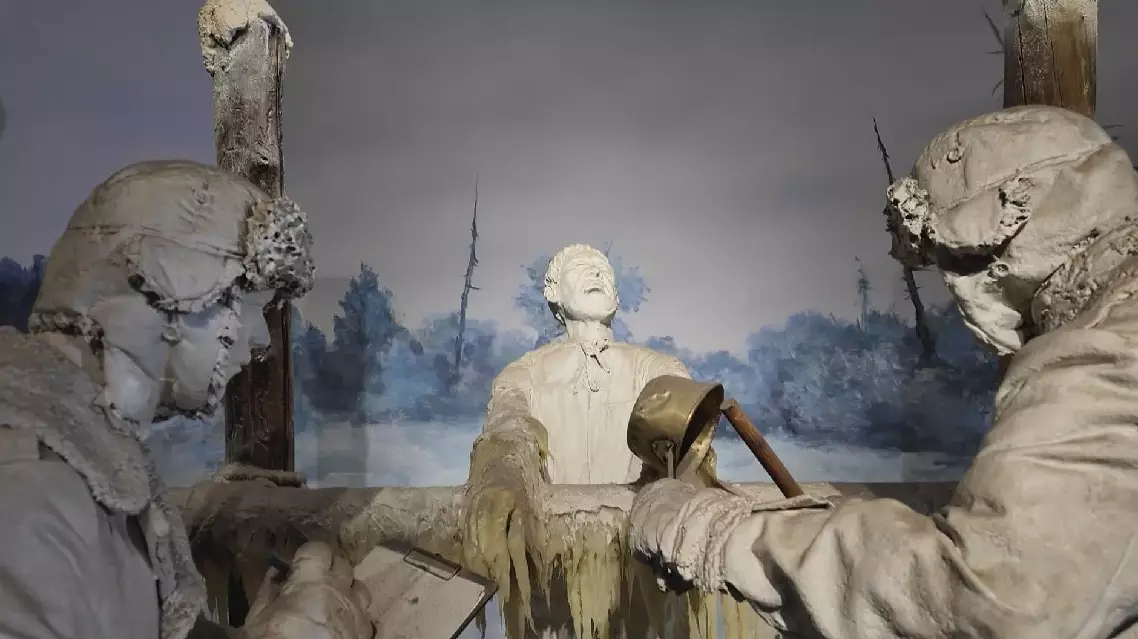
Video offers new evidence of Japan's wartime germ-warfare crimes in northeast China








